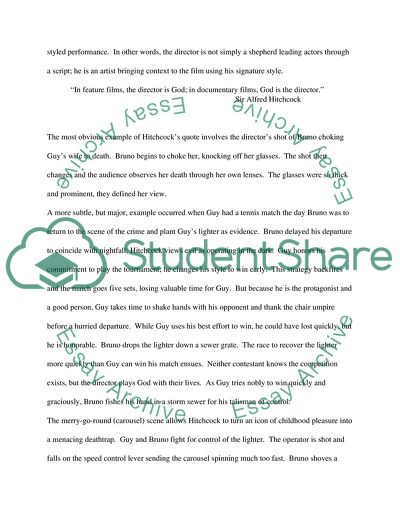Cite this document
(Auteur Theory and the Evolution of the Language of Cinema Term Paper - 1, n.d.)
Auteur Theory and the Evolution of the Language of Cinema Term Paper - 1. https://studentshare.org/visual-arts-film-studies/1748338-film-theory
Auteur Theory and the Evolution of the Language of Cinema Term Paper - 1. https://studentshare.org/visual-arts-film-studies/1748338-film-theory
(Auteur Theory and the Evolution of the Language of Cinema Term Paper - 1)
Auteur Theory and the Evolution of the Language of Cinema Term Paper - 1. https://studentshare.org/visual-arts-film-studies/1748338-film-theory.
Auteur Theory and the Evolution of the Language of Cinema Term Paper - 1. https://studentshare.org/visual-arts-film-studies/1748338-film-theory.
“Auteur Theory and the Evolution of the Language of Cinema Term Paper - 1”. https://studentshare.org/visual-arts-film-studies/1748338-film-theory.


